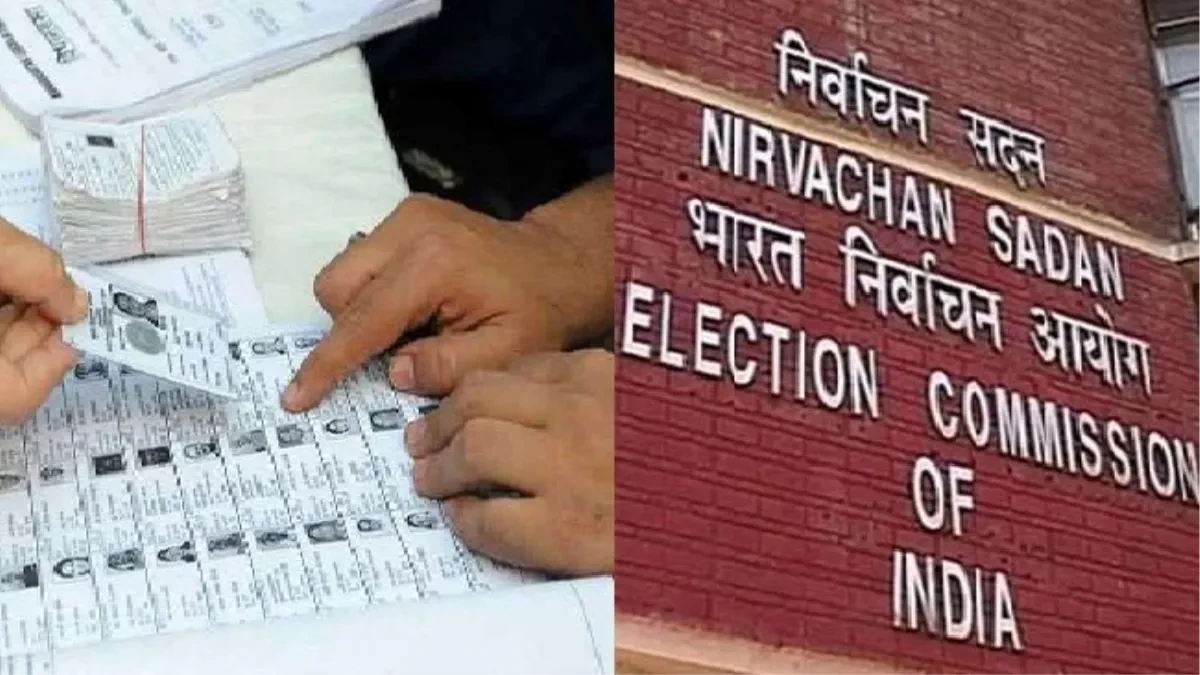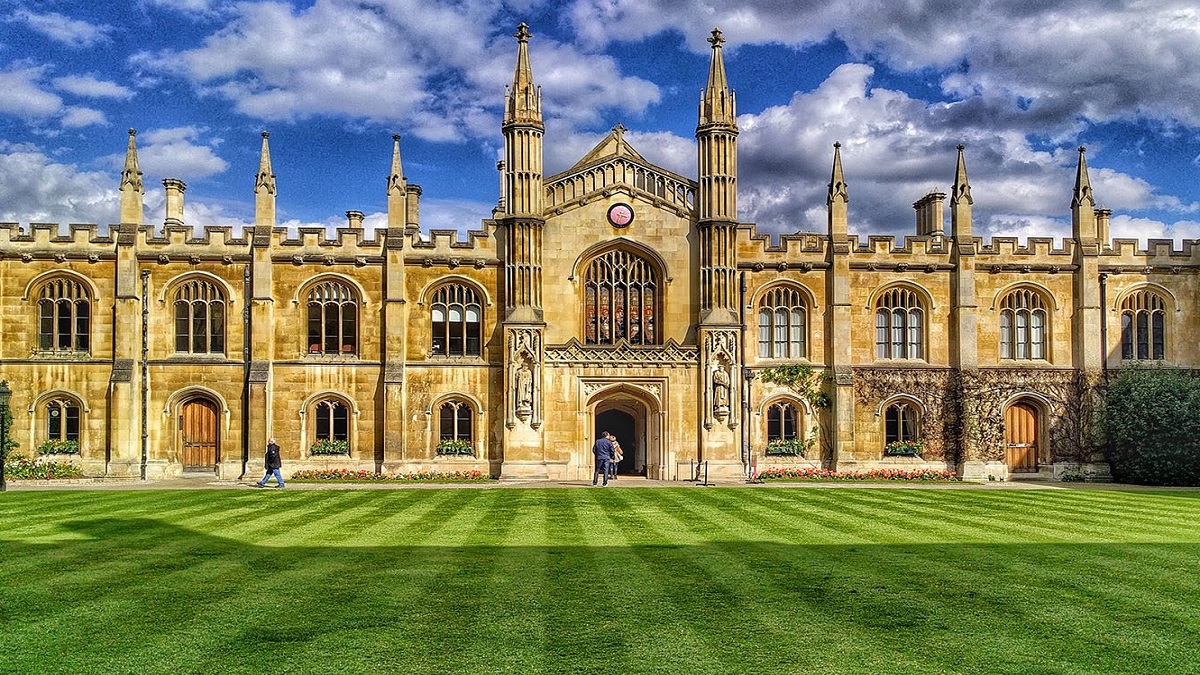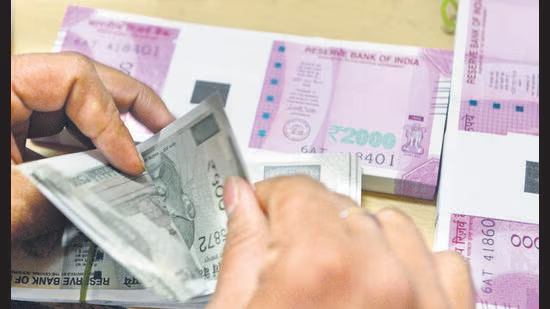- Courses
- GS Full Course 1 Year
- GS Full Course 2 Year
- GS Full Course 3 Year
- GS Full Course Till Selection
- Answer Alpha: Mains 2025 Mentorship
- MEP (Mains Enrichment Programme) Data, Facts
- Essay Target – 150+ Marks
- Online Program
- GS Recorded Course
- Polity
- Geography
- Economy
- Ancient, Medieval and Art & Culture AMAC
- Modern India, Post Independence & World History
- Environment
- Governance
- Science & Technology
- International Relations and Internal Security
- Disaster Management
- Ethics
- NCERT Current Affairs
- Indian Society and Social Issue
- NCERT- Science and Technology
- NCERT - Geography
- NCERT - Ancient History
- NCERT- World History
- NCERT Modern History
- CSAT
- 5 LAYERED ARJUNA Mentorship
- Public Administration Optional
- ABOUT US
- OUR TOPPERS
- TEST SERIES
- FREE STUDY MATERIAL
- VIDEOS
- CONTACT US
Human Development Report 2025
Human Development Report 2025

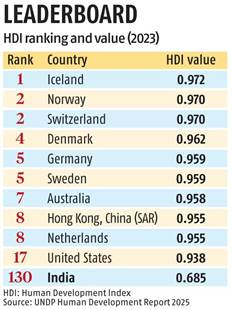
- Human Development Report (HDR) is Published by United Nations Development Programme (UNDP)
- Frequency: Annual
- 1st introduced: In 1990, in the first Human Development Report authored by Mahbub ul Haq and Amartya Sen.
- Purpose: Evaluates countries based on Human Development Index (HDI), which includes:
- Health (life expectancy)
- Education (mean and expected years of schooling)
- Income (Gross National Income per capita)
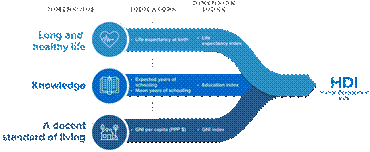
- This Year’s Report Title: “A Matter of Choice: People and Possibilities in the Age of AI”
- The key message is that human development progress has stalled, with inequality becoming a major barrier to further advancements.
- India’s HDI Rank: 130th out of 193 countries and territories
- HDI Value: 0.685
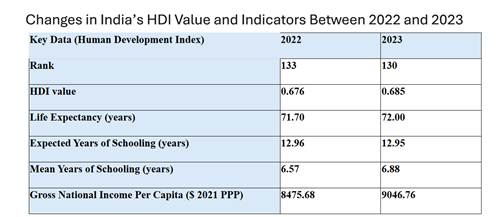
- India is classified under the medium human development category but is approaching the threshold for high human development (HDI ≥ 0.700).
Global Highlights – HDR 2025
|
Global HDI Trend |
Smallest increase since 1990 (excluding 2020–21 pandemic period). |
|
Top Rank |
Iceland – HDI of 0.972 |
|
Bottom Rank |
South Sudan – HDI of 0.388 |
|
Inequality |
Widening gap between high-HDI and low-HDI nations. |
|
AI & Work |
1 in 5 people use AI; 60% optimistic about jobs, 50% fear job loss. |
|
Key Message |
Need for human-centered AI governance to avoid deepening inequality. |
India-Specific Highlights :
Key Areas of Progress in India:
- Life Expectancy: Life expectancy has risen from 58.6 years (1990) to 72 years (2023), reflecting the success of national health programs like:
- National Health Mission (NHM)
- Ayushman Bharat
- Janani Suraksha Yojana
- Poshan Abhiyaan
- Education:
- Mean Years of Schooling: Increased from 8.2 years (1990) to 13 years (2023).
- Programs:
- Right to Education Act (2009)
- National Education Policy (2020)
- Samagra Shiksha Abhiyan
- Challenges: Access to education has improved, but quality and learning outcomes still need significant improvement.
- National Income:
- Gross National Income (GNI) per capita has risen over fourfold from USD 2,167 (1990) to USD 9,046 (2023) (in 2021 Purchasing Power Parity terms).
- Poverty Reduction: Between 2015–16 and 2019–21, 135 million Indians escaped multidimensional poverty.
- India’s AI Progress:
- India is emerging as a global AI leader, with the highest self-reported AI skills penetration.
- In the Global AI Index, India ranks 4th among 36 evaluated countries, making it the only lower-middle-income country in the top 10.
- 20% of AI researchers now stay in India, compared to nearly zero in 2019.
- Role of AI in Human Development :
|
Sector |
Contribution of AI |
|
Economy |
Can add ₹33.8 lakh crore to GDP by 2030 (Google Report); boosts productivity |
|
Healthcare |
AI aids diagnostics, telemedicine, workflow optimization, VR-based medical training |
|
Education |
Personalized learning, AI tutors, gap analysis, access in rural areas |
|
Governance |
Tools like MuleHunter.AI are used to detect digital fraud in welfare schemes. Bhashini Project: AI enables multilingual communication, expanding policy outreach across linguistic communities. |
|
Inclusion |
AI bridges service gaps, if developed using human-centered design |
Key Challenges Hindering Human Development in India
- Inequality has caused a 30.7% loss in India’s HDI, which is among the highest in the region.
- India’s Gini coefficient (2023): 0.410.
- The Gini coefficient is a measure of income inequality within a population, ranging from 0 to 1, where 0 represents perfect equality and 1 represents complete inequality.
- It's derived from the Lorenz curve, a graphical representation of income distribution.
- A higher Gini coefficient indicates greater income disparity.
- India’s Gini coefficient (2023): 0.410.
- Gender Disparities:
- Gender disparities remain significant. E.g., India ranks 102nd on the Gender Inequality Index (GII)
- Female Labor Force Participation (FLFP): 41.7% (low compared to global standards).
- Political Representation: While progress has been made with the 106th Constitutional Amendment reserving one-third of legislative seats for women, gender equality remains a significant challenge.
Comparison with Neighbours
|
Country |
Rank |
|
China |
78 |
|
Sri Lanka |
89 |
|
Bhutan |
125 |
|
Bangladesh |
130 |
|
Nepal |
145 |
|
Myanmar |
150 |
|
Pakistan |
168 |
- BRICS Comparison: Brazil (89), Russia (59), China (75), South Africa (110) all ahead of India.
Policy Recommendations for India
A. Gender Equality:
- Strengthen Female Political Representation: Implement the 106th Constitutional Amendment for one-third legislative reservation.
- Encourage Women Entrepreneurship: Expand access to financial schemes like PM Mudra Yojana, Stand-Up India, and digital platforms.
- Skilling and Employment: Create flexible jobs and provide skilling support and crèche facilities.
- Legislative Reform: Enforce laws against gender-based violence, child marriage, and workplace discrimination.
B. Reducing Inequality:
- Strengthen inclusive schemes like MGNREGA, PMEGP, and Jan Dhan Yojana.
- Reforms needed in land rights, public health, and education.
- Support SDG 10 on reduced inequality and leverage CSR for equitable development.
C. Improving Health & Education:
- Increase investment in primary healthcare and ensure universal access to nutrition (e.g., Poshan Abhiyaan).
- Reform the education system under NEP 2020 and improve teacher training.
D. Leveraging AI for Inclusive Development:
- Ensure AI supports e-health, e-learning, and agriculture advisories for marginalized populations.
- Expand digital and financial inclusion through initiatives like UPI, Jan Dhan, and digital literacy.


